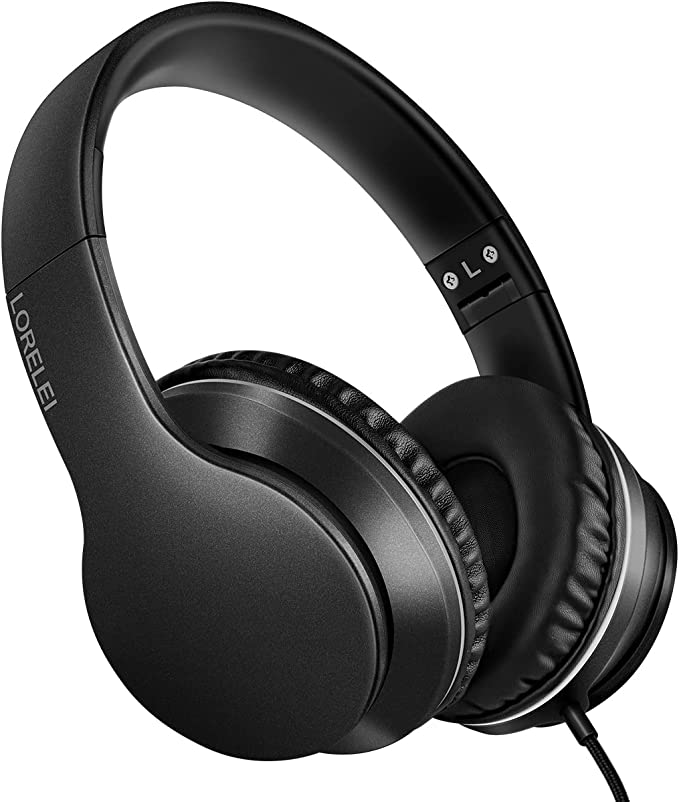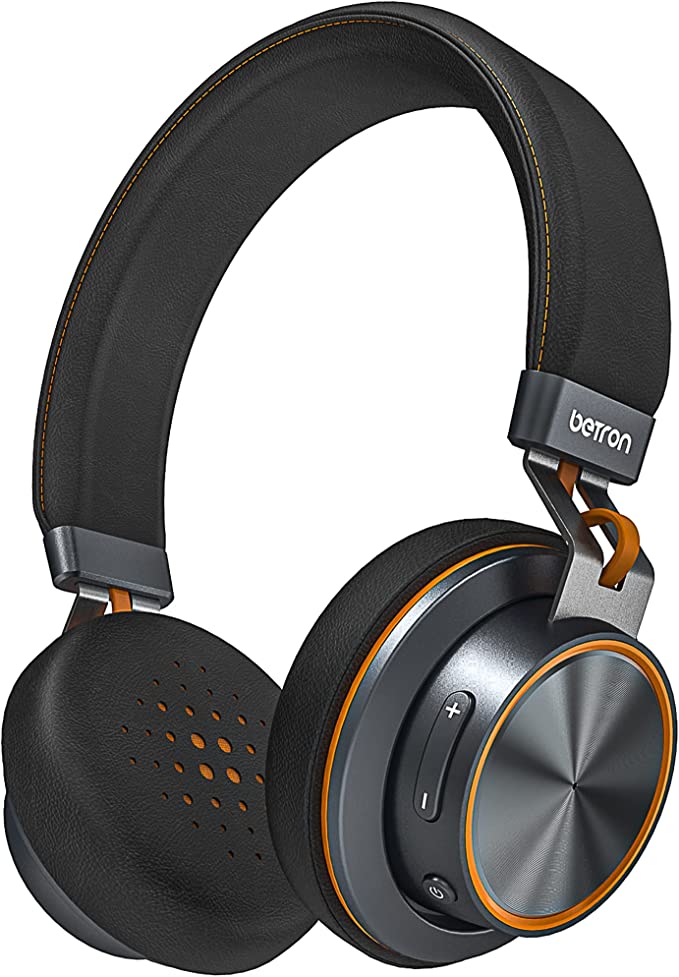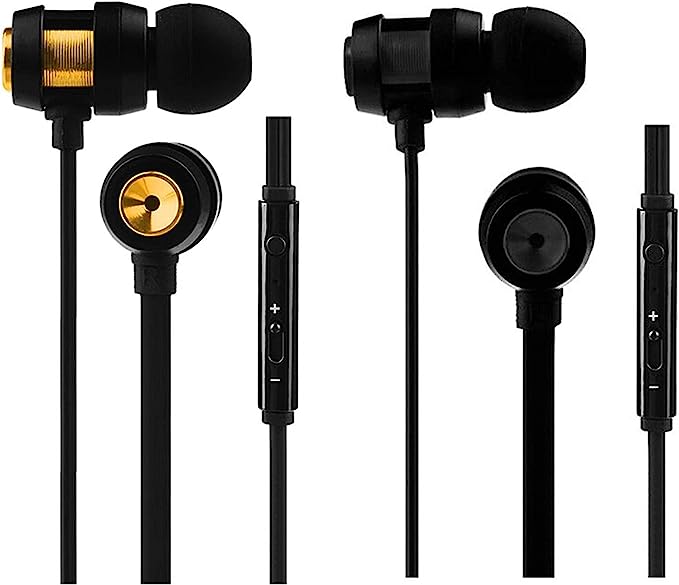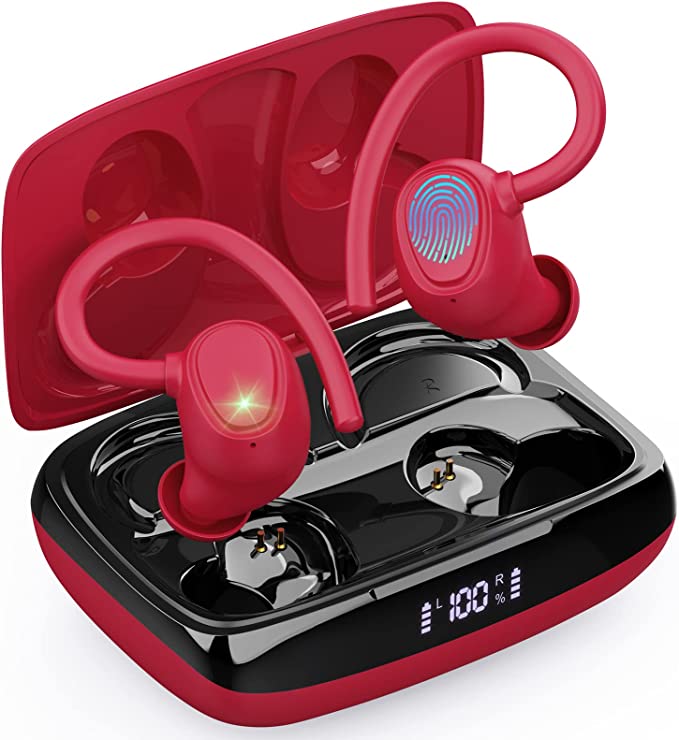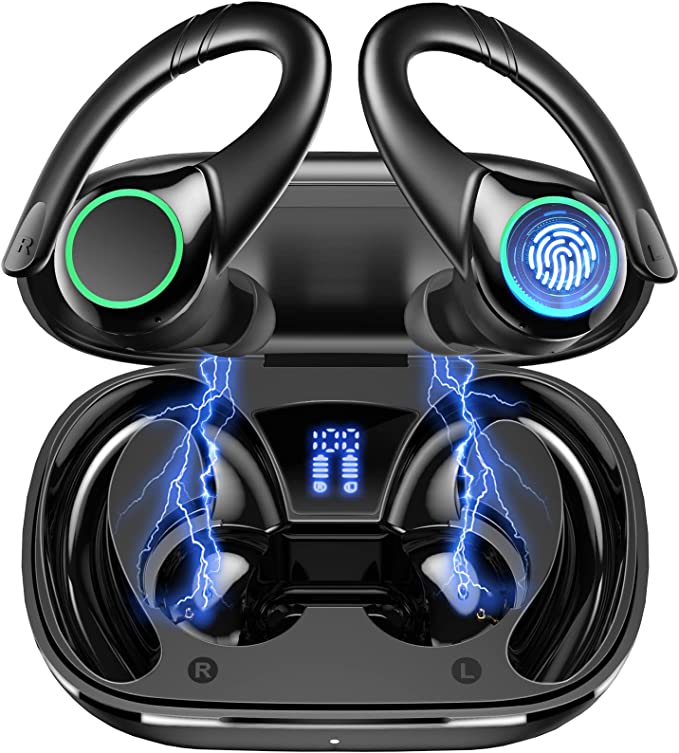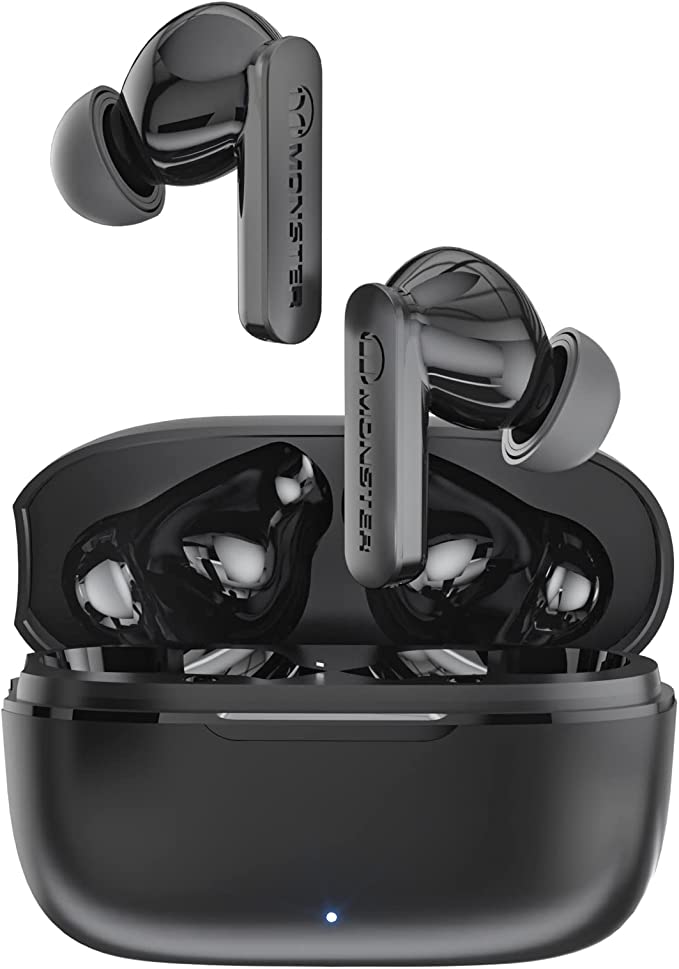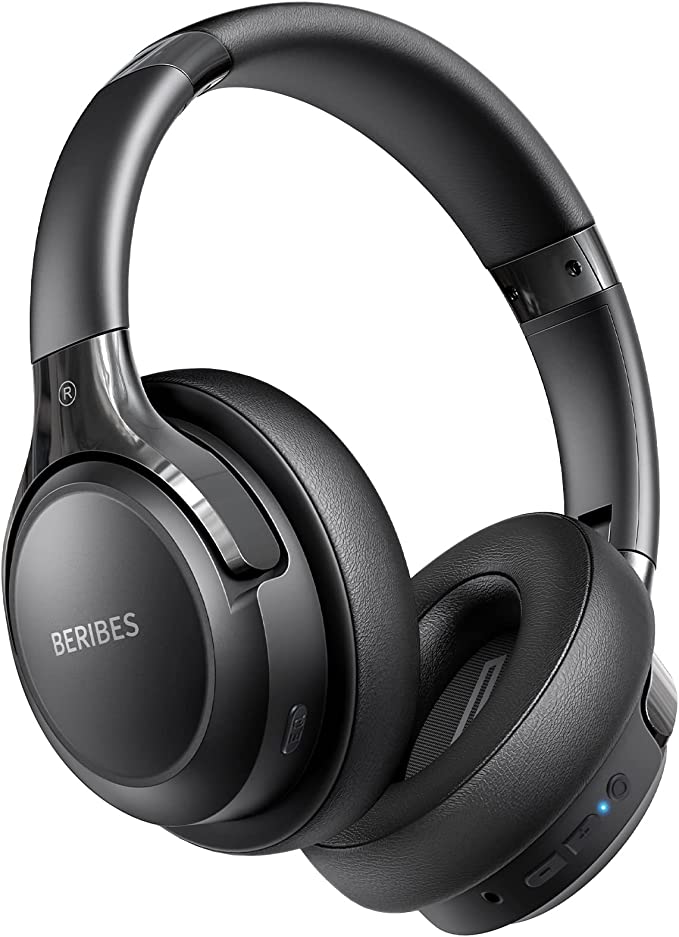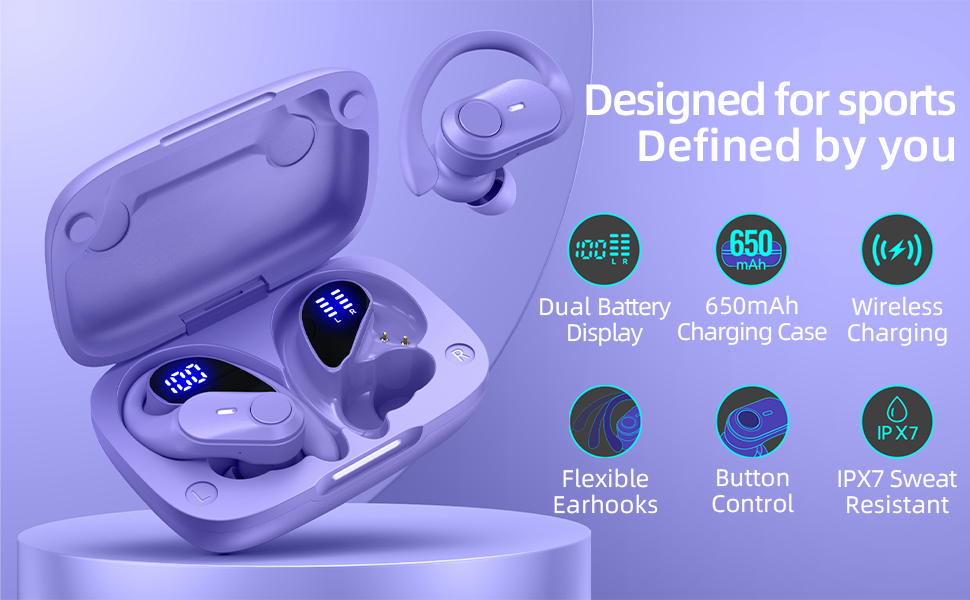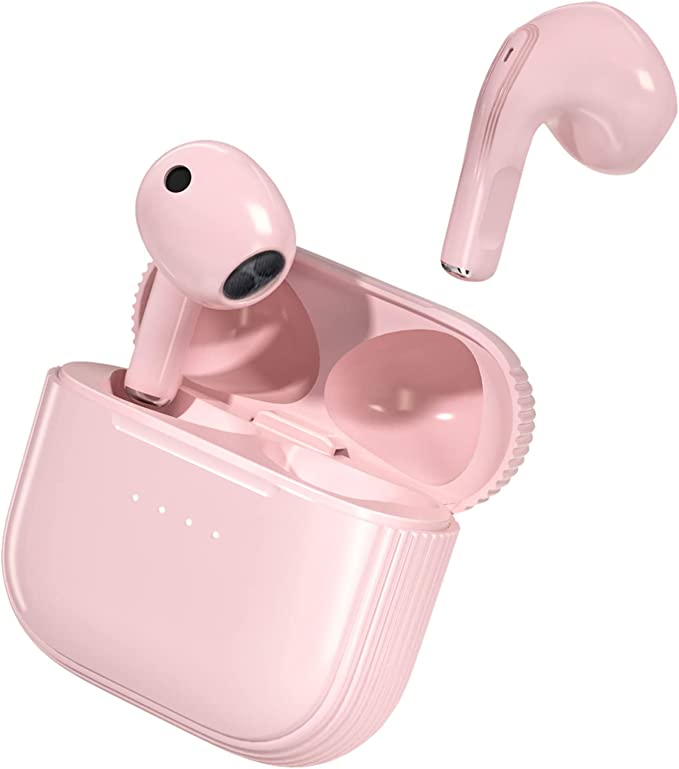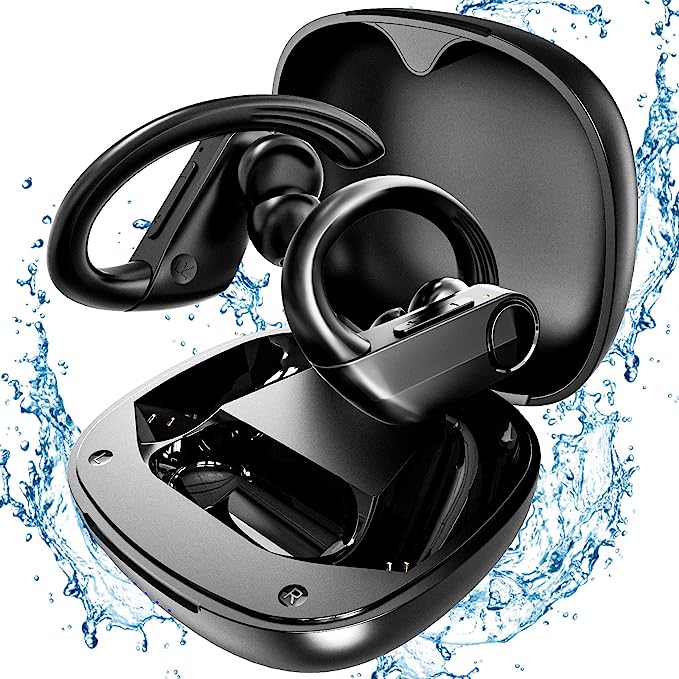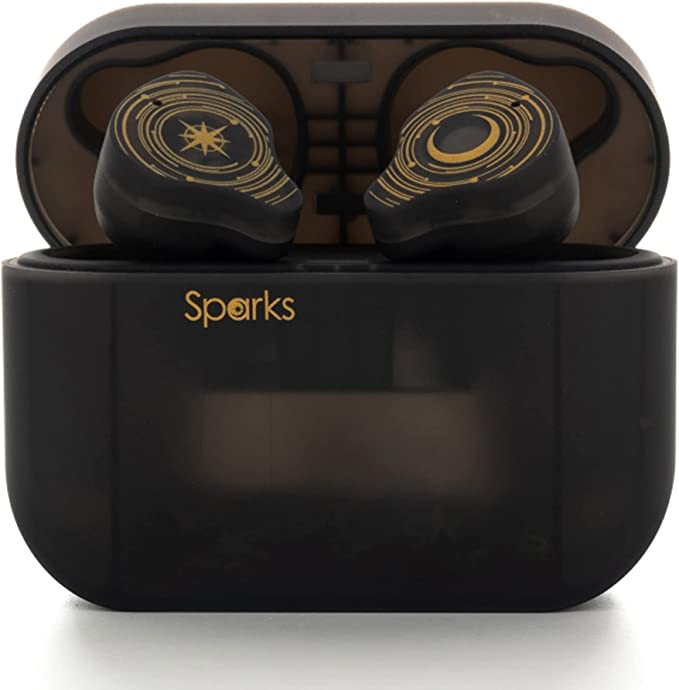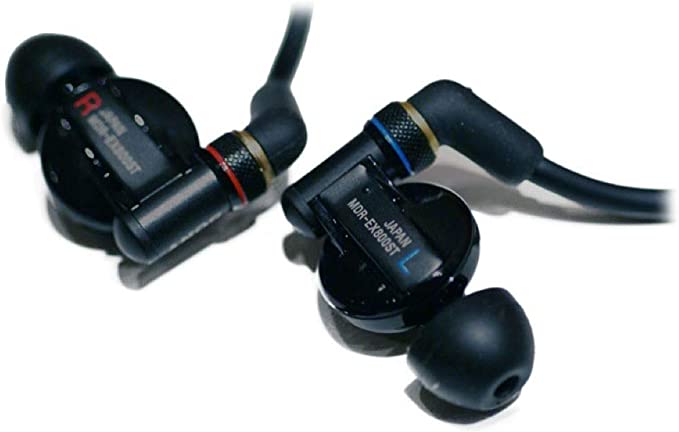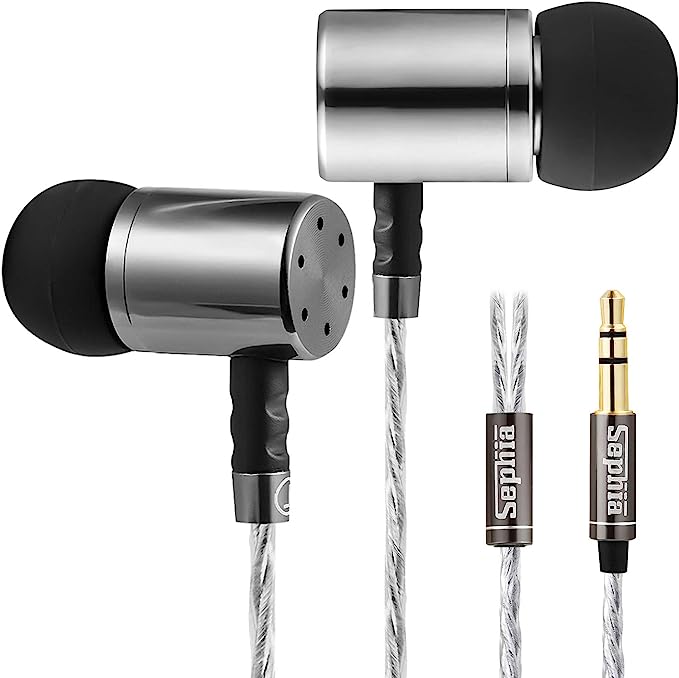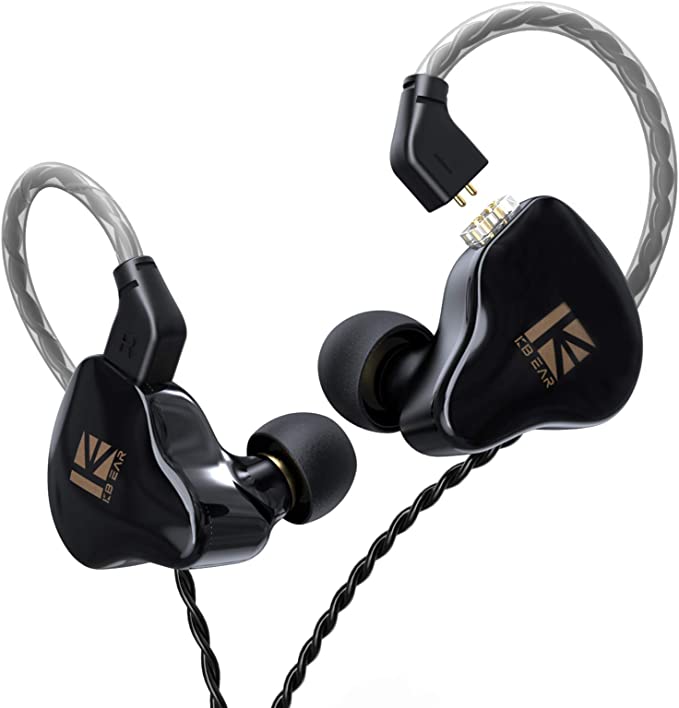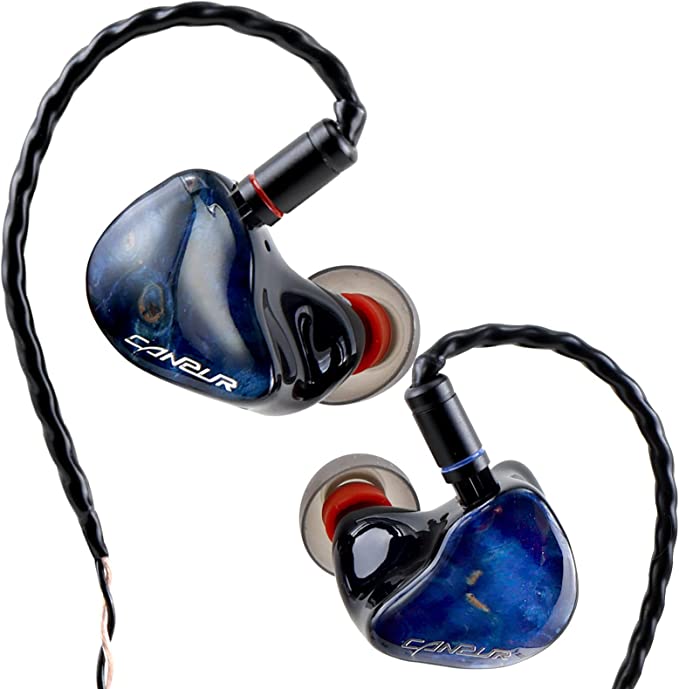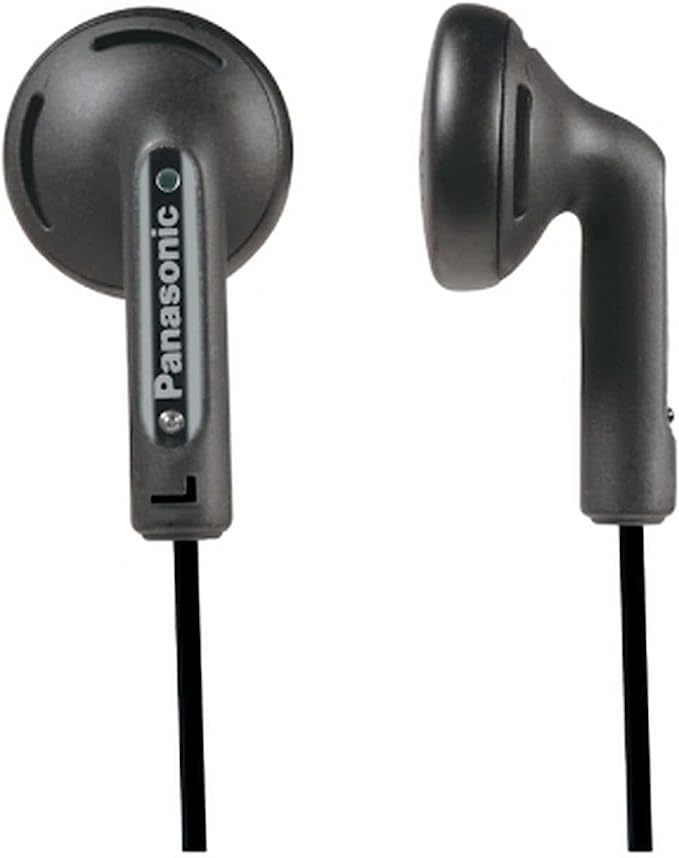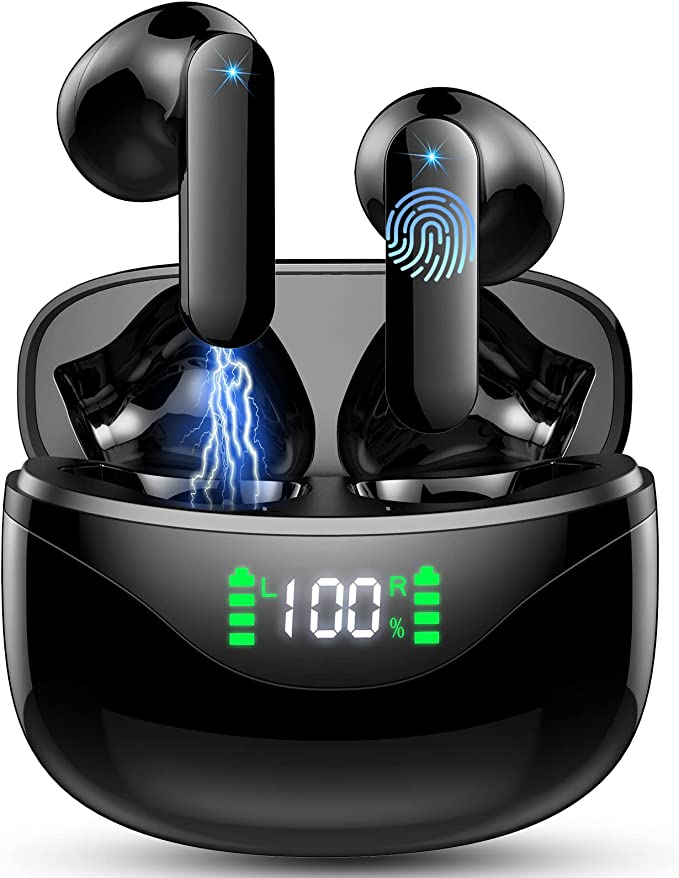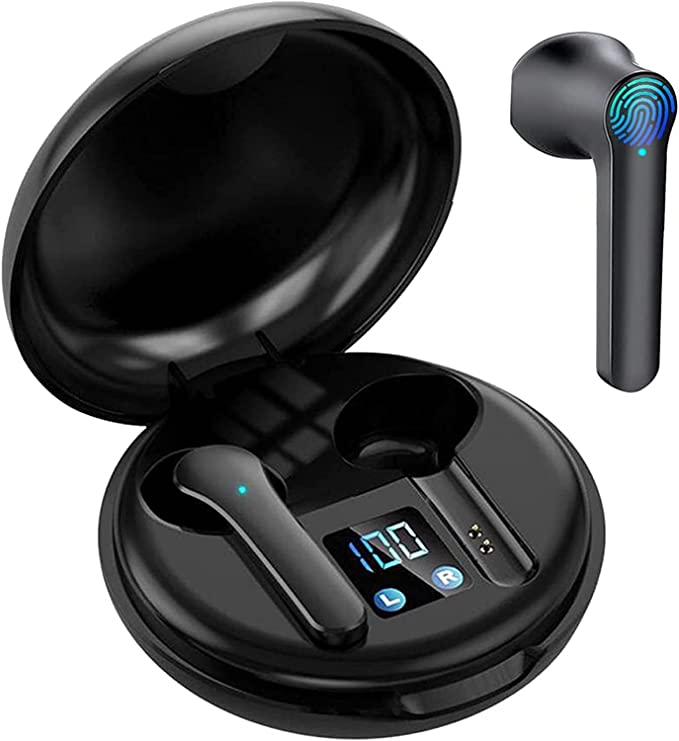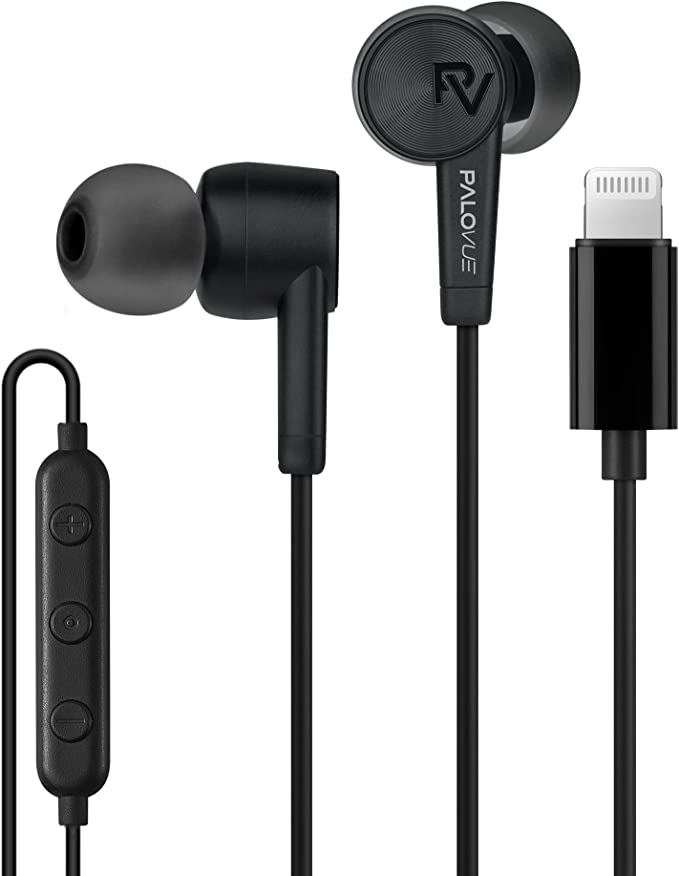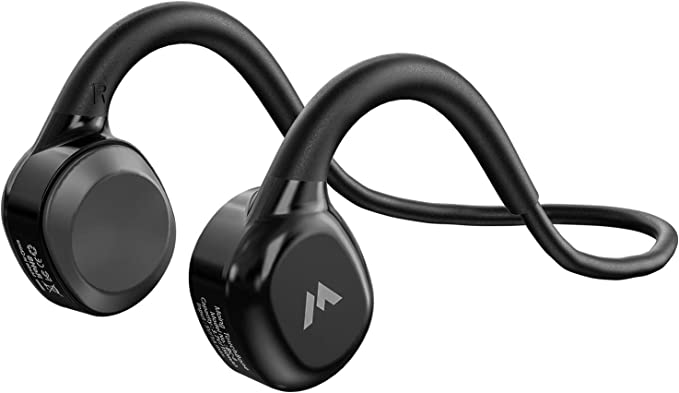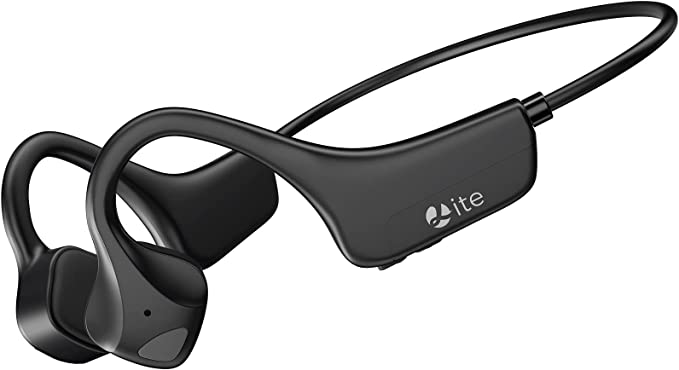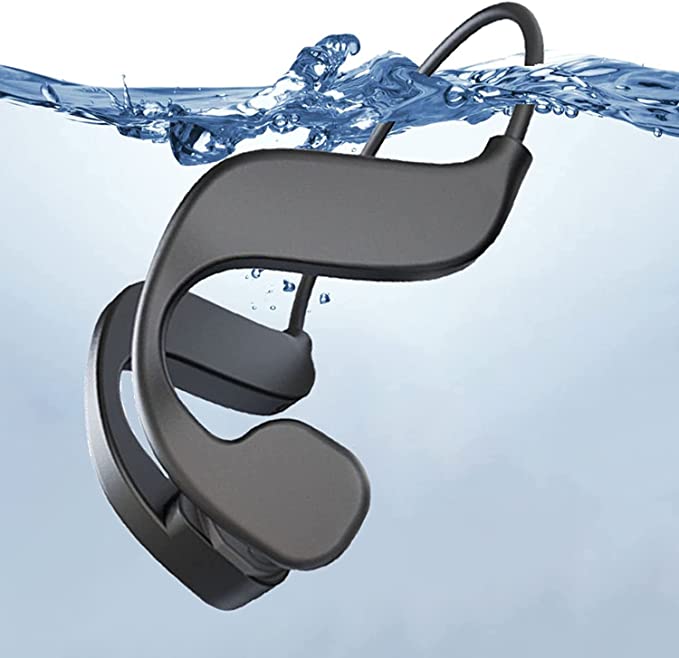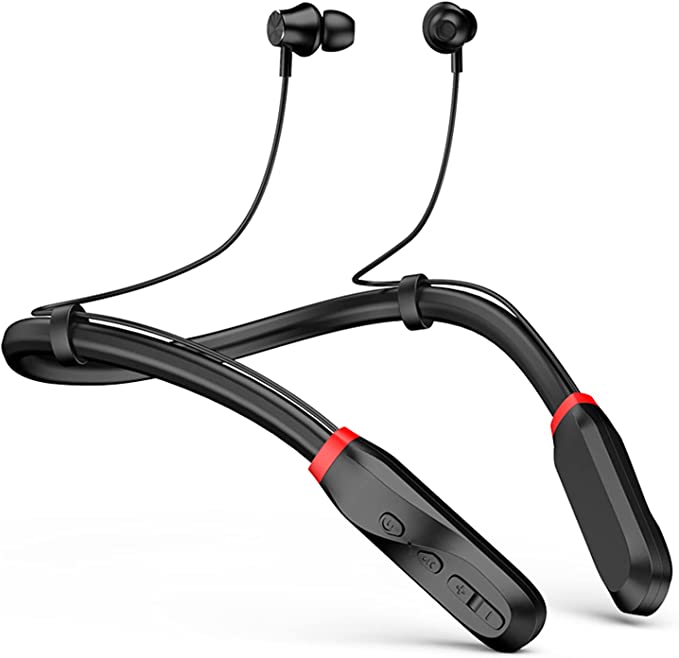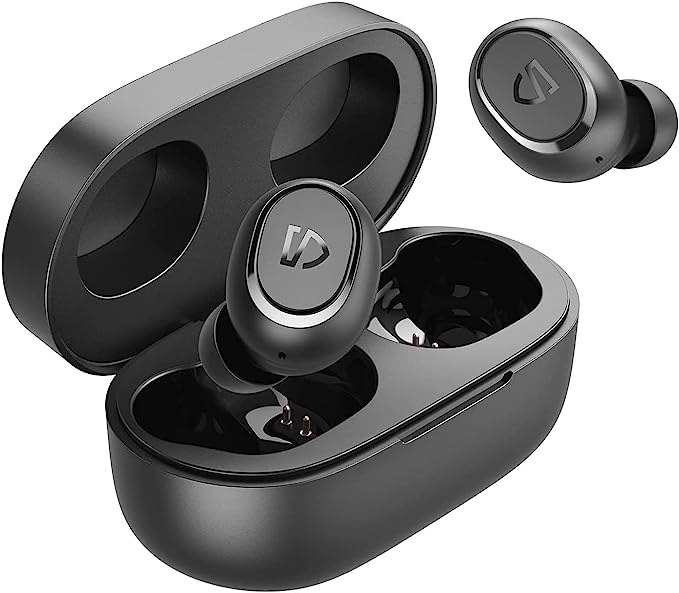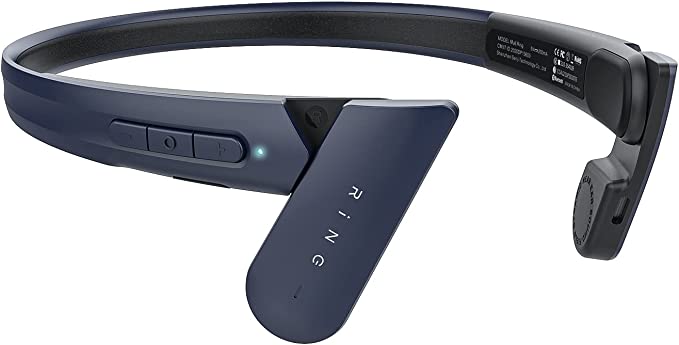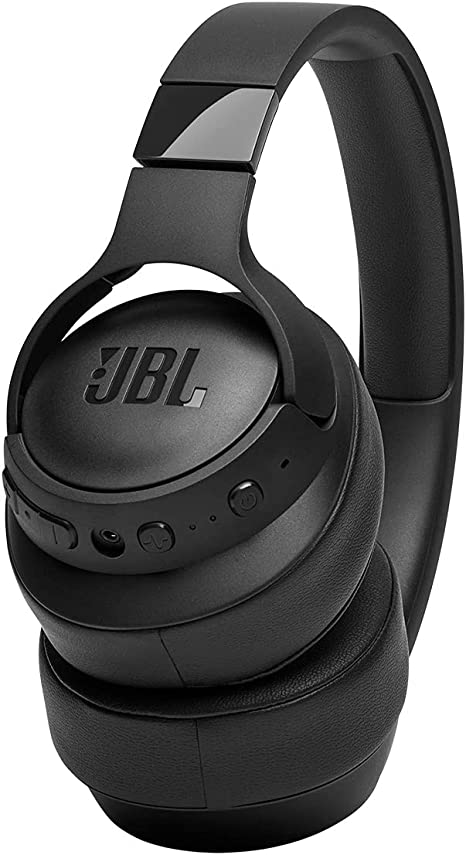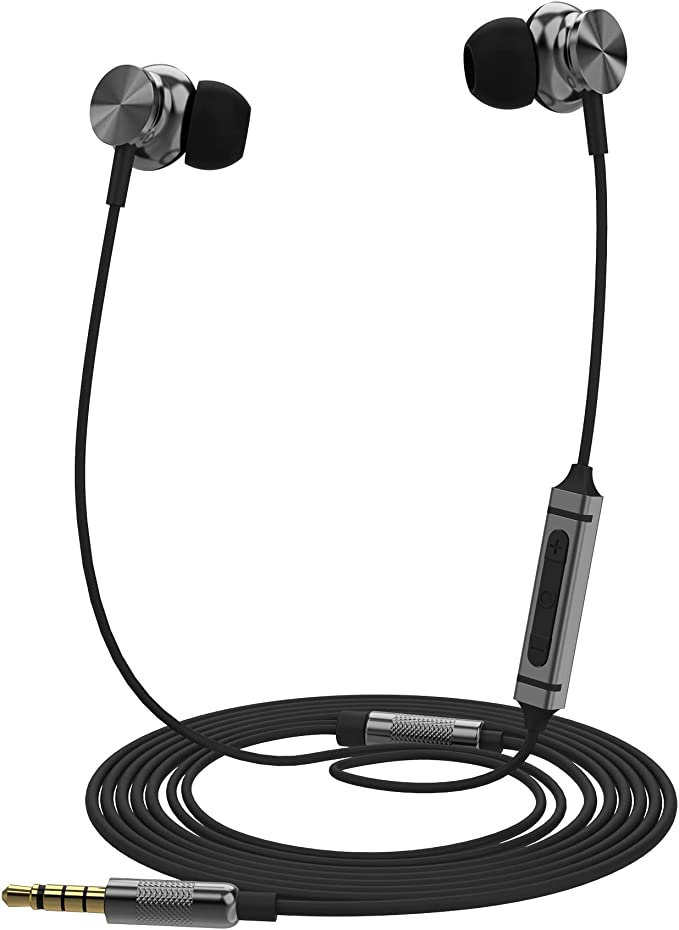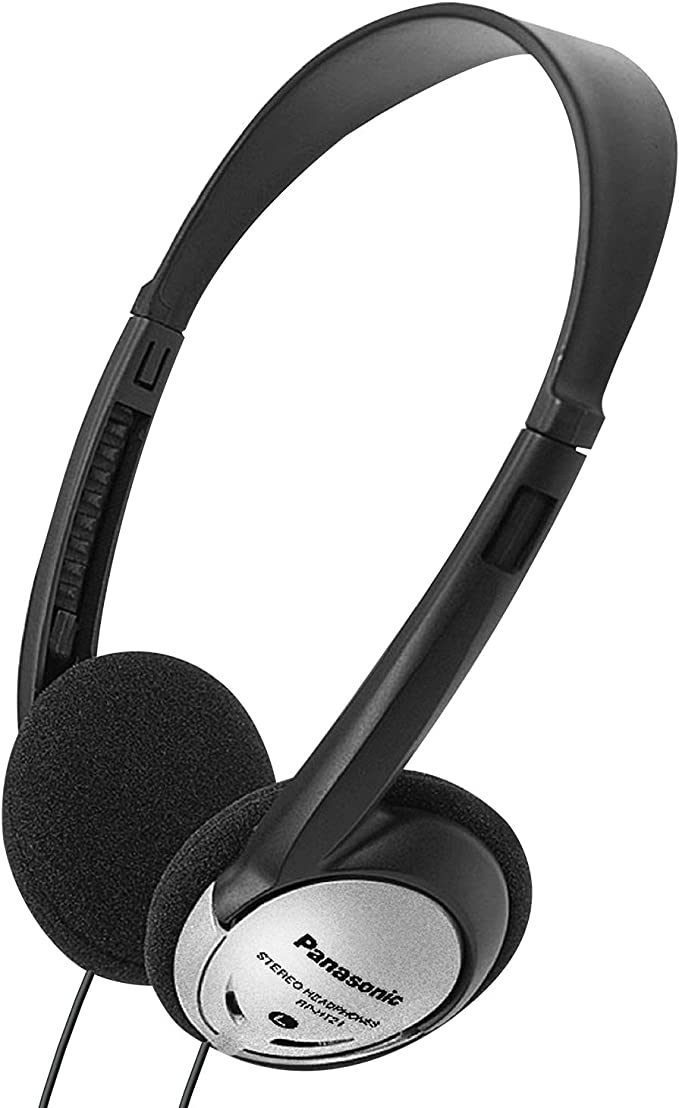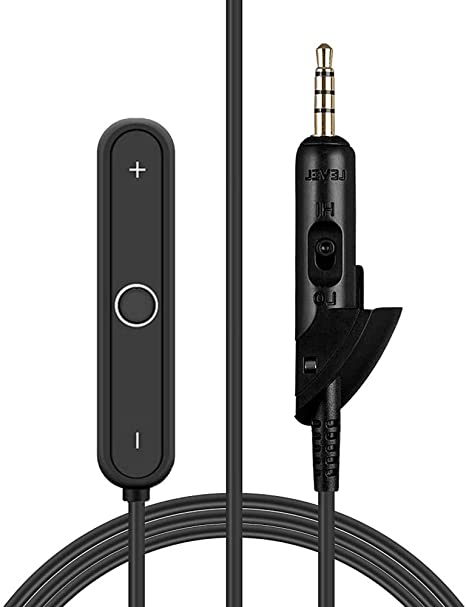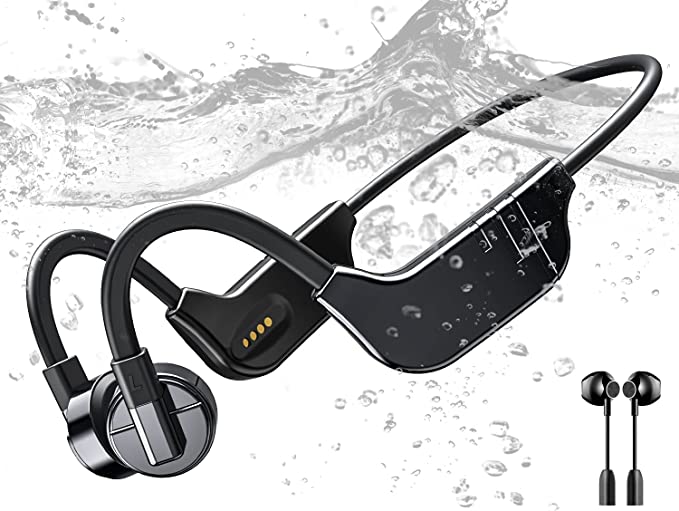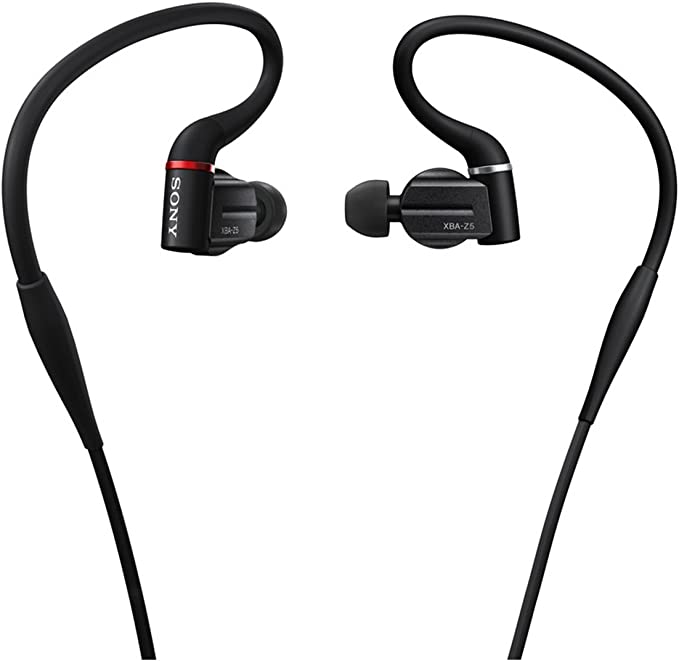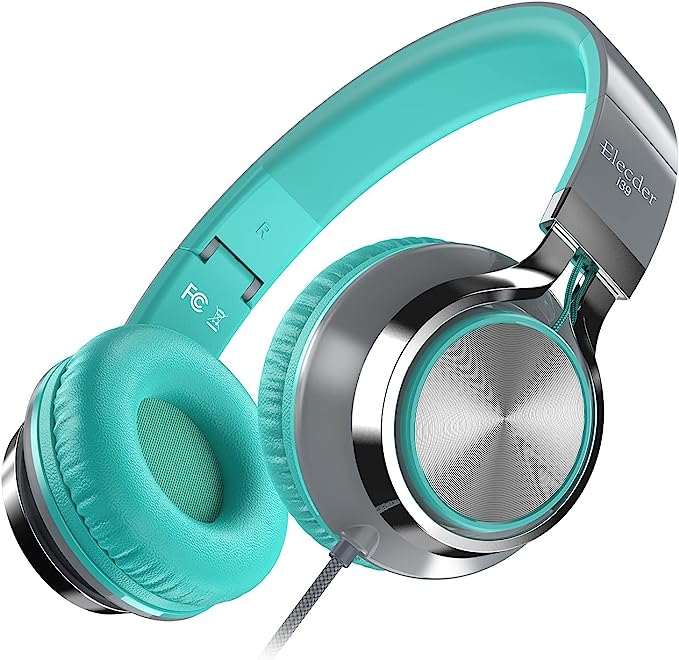BERIBES 202A Headphones: Long-Lasting Battery and Immersive Sound for Your Everyday
Update on Aug. 5, 2025, 10:22 a.m.
Picture it: the early 1910s. A radio operator for the U.S. Navy sits hunched over his equipment in a noisy engine room, a bulky, metallic contraption clamped to his head. Outside, the world is a cacophony of steam and steel. But inside this device, a world of clarity exists—faint Morse code signals, plucked from the ether, delivered directly to his ears. This wasn’t entertainment; it was a vital link to the outside world, a tool of immense strategic importance. This cumbersome apparatus was the genesis of the sleek, lightweight headphones we use today to enjoy music, podcasts, and virtual meetings. The journey from that noisy naval ship to your quiet living room is a tale of kitchen-table inventors, cultural revolutions, and the relentless march of science.
That early headset was likely born from the mind of Nathaniel Baldwin, an inventor working from his Utah kitchen. In 1910, he hand-built a pair of exceptionally sensitive headphones and sent them to the Navy, only to have them initially dismissed. His persistence paid off, and soon the military realized the immense advantage of his design, which could pick up faint signals others missed. An industry was born not in a corporate lab, but from the ingenuity of a single individual. Yet, these early devices were crude instruments, designed for clarity, not for beauty. The leap from understanding code to truly feeling music required another spark of genius.

The Dynamic Leap from Morse Code to Mozart
That spark arrived in 1937 from Germany. The company Beyerdynamic introduced the DT 48, the world’s first dynamic headphones. This was a monumental step. Inside this device was the ancestor of the technology that powers the vast majority of headphones today, including the BERIBES 202A. This is the dynamic driver, a marvel of elegant physics. It operates on the principle of electromagnetism: an electrical audio signal creates a magnetic field in a tiny voice coil, causing it to move a delicate diaphragm back and forth, generating the sound waves we perceive as music. For the first time, headphones could reproduce sound with a richness and range that went beyond simple communication, paving the way for high-fidelity listening.
The stage was set for another revolution, this time in stereo. In 1958, John C. Koss introduced the Koss SP/3, the first commercial stereo headphones. Suddenly, the listener was no longer just hearing a song; they were placed inside it. The intricate placement of instruments in a recording—the drums here, the guitar there—could be recreated in a private, immersive soundscape. The dream of bringing the concert hall experience between your ears was now a reality, and the quest for perfect “HiFi” or High Fidelity sound began in earnest.

The Revolution in Your Pocket and the Freedom from the Cable
For decades, this high-quality personal audio experience was largely confined to the home, tethered to a large stereo system. Then, in 1979, Sony changed everything with the Walkman. This small, portable cassette player ignited a cultural phenomenon. Music became mobile, the soundtrack to our daily lives. But this new freedom came with a leash: the headphone cable, a constant, tangling tether. The entire industry then began a quiet, decades-long quest to cut that final cord.
This brings us to the invisible architecture of modern wireless sound. The solution came in the form of Bluetooth, a wireless communication standard that acts as a digital bridge between your device and your headphones. To send complex audio across this bridge efficiently, a special language called a codec is used to compress and decompress the data. This intricate digital handshake is what allows you to move freely, untethered from your phone.

Of course, this freedom requires power. The greatest challenge of modern mobile electronics is endurance. This is where advancements in battery chemistry, specifically Lithium-Polymer (Li-Po) technology, have been game-changing. These batteries pack immense energy into small, lightweight, and flexible forms. Paired with hyper-efficient microchips, they enable feats of endurance that would have seemed like science fiction just a decade ago. It is this synergy of power and efficiency that allows a device like the BERIBES 202A to claim a staggering 65-hour playtime, enough to last through days of travel and use without a single charge.

Sculpting Your Personal Reality
As the technology matured, the goal shifted from simply reproducing sound to allowing the user to shape it. This is the realm of the Digital Signal Processor (DSP), a tiny computer-on-a-chip dedicated to manipulating audio. Once the exclusive domain of expensive recording studios, DSPs are now small and efficient enough to live inside our headphones.
This is the science behind features like the 6 EQ Modes found on the BERIBES 202A. When you select “Bass Boost,” the DSP intelligently identifies and amplifies the low-frequency components of the audio signal in real-time. Switch to “Vocal,” and it subtly pushes the mid-range frequencies forward. This isn’t a crude tone knob; it’s a sophisticated digital toolkit that grants you a level of creative control previously reserved for sound engineers, allowing you to tailor the audio to your exact taste or the genre you’re enjoying.

This level of immersion is completed by the physical design. The comfortable Over-Ear form factor is a direct result of decades of research in ergonomics and acoustics. The soft earpads create a seal around the ear, providing passive noise isolation—a physical barrier that blocks out external distractions. This not only deepens your focus on the audio but also allows you to listen at safer, lower volumes. It’s a gentle cocoon of sound, engineered for hours of comfortable use.
So, the next time you place a pair of headphones over your ears, take a moment. You are not just using a simple accessory. You are engaging with a device that is a direct descendant of military innovation, a product of kitchen-table tinkering, and a vessel carrying over a century of scientific and cultural evolution. From the first Morse code beeps to the complex, customizable soundscapes of today, headphones represent the relentless human drive to create our own personal, perfect world of sound. The technology within an accessible device like the BERIBES 202A is a testament to this journey—a powerful reminder that the most profound innovations are those that eventually become a seamless part of everyone’s daily life.

